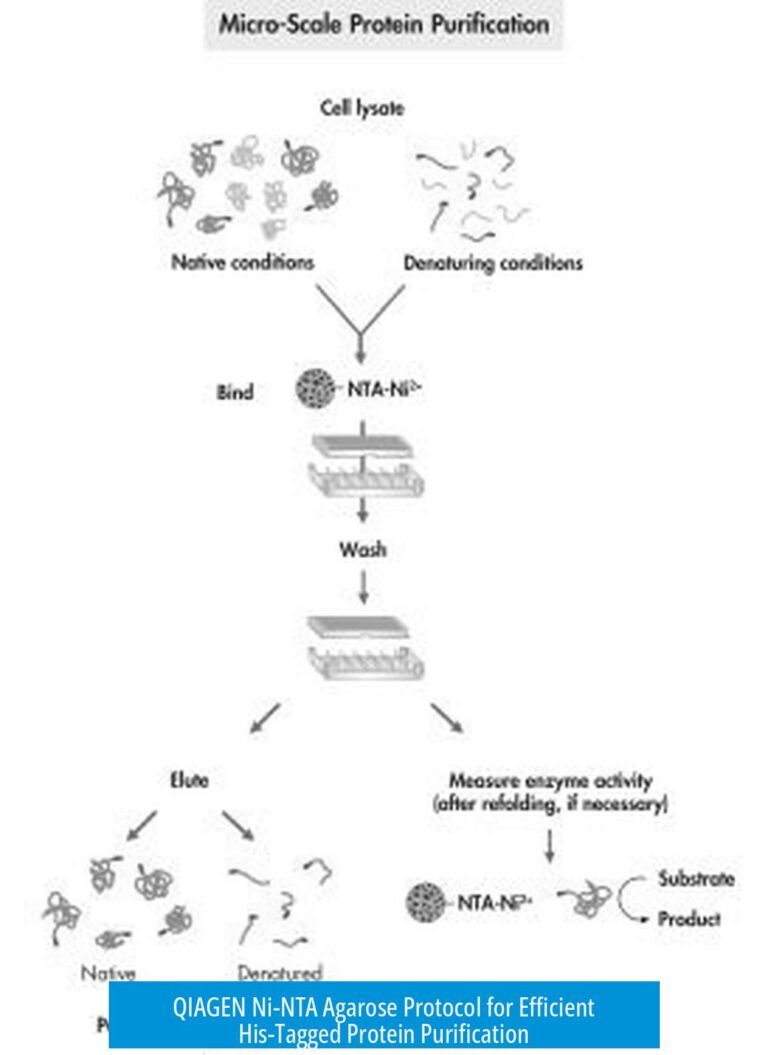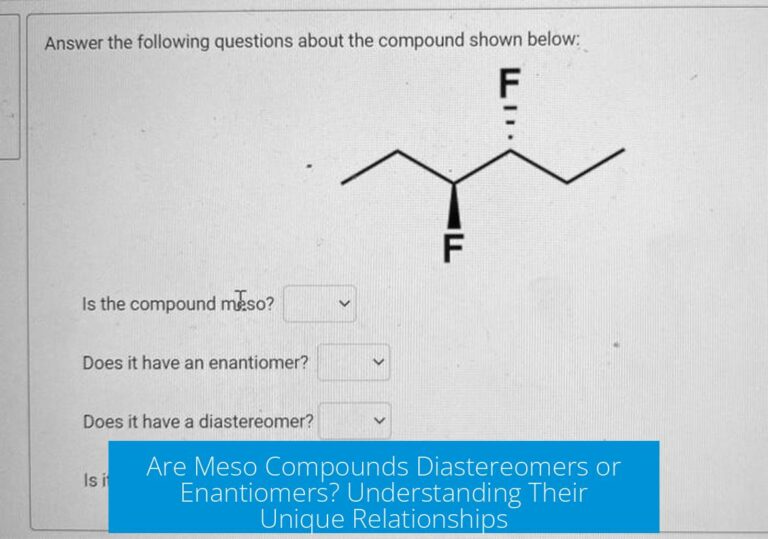Understanding the Strongest Bond in Chemistry

The strongest bond in chemistry varies depending on whether the discussion focuses on single bonds, multiple bonds, or specific types of molecules. Data indicate that the silicon-fluorine (Si-F) bond is the strongest single chemical bond, with bond dissociation energies (BDE) up to 166 kcal/mol. However, when including multiple bonds in neutral molecules, the carbon-oxygen triple bond (C≡O) in carbon monoxide reaches much higher BDE values, approximately 257 kcal/mol, making it the strongest overall bond in neutral compounds.
Bond Strength and Bond Dissociation Energy (BDE)
Bond strength quantifies the energy required to break a chemical bond. Bond dissociation energy (BDE) is the standard measure of this strength. It is the energy, commonly reported in kilocalories per mole (kcal/mol), needed to homolytically cleave a bond into radical fragments. Higher BDE values correspond to stronger chemical bonds.
Different types of bonds—single, double, or triple—have varying bond strengths. Moreover, the chemical environment and molecular context significantly influence these values.
Strongest Single Chemical Bonds
Silicon-Fluorine (Si-F) Bond
![]()
Among single bonds, the silicon-fluorine bond stands out as the strongest. The BDE for the Si-F bond in H3Si−F is approximately 152 kcal/mol. Variants such as F3Si−F exhibit even higher BDEs, reaching roughly 166 kcal/mol. This surpasses the strength of the carbon-fluorine bond, which is about 110 kcal/mol for H3C−F.
The exceptional strength of the Si-F bond arises from the large electronegativity difference between silicon and fluorine. This difference introduces both ionic and covalent character, reinforcing the bond. This combination enhances the bond’s overall energy, making it highly stable.
Applications of Si-F bonds include glass etching techniques and certain organic synthesis pathways, where their strength and stability are advantageous.
Carbon-Carbon (C-C) Single Bond in Diacetylene
The C-C single bond in diacetylene (HC≡C−C≡CH) is notable for its strength, measured around 160 kcal/mol. This bond connects two sp-hybridized carbon atoms, which contributes to its elevated strength compared to typical alkane C-C bonds (~83-85 kcal/mol).
Due to the sp hybridization, the bonding electrons are held closer to the nuclei, generating a stronger overlap and thus a stronger bond.
Carbon-Fluorine (C-F) Bonds
While not as strong as Si-F, carbon-fluorine bonds hold considerable strength, with a BDE near 110 kcal/mol. The strength is primarily due to the high electronegativity of fluorine, imparting significant ionic character.
Strongest Bonds Including Multiple Bonds and Neutral Molecules
Carbon Monoxide (C≡O) Triple Bond
The strongest bond identified in a neutral compound, inclusive of multiple bonds, is the carbon-oxygen triple bond present in carbon monoxide. The BDE for this bond is approximately 257 kcal/mol, far exceeding typical single bond energies.
This bond features one sigma and two pi bonds. The strength is augmented by partial multiple bonding, resonance stabilization, and a unique combination of bond polarity and back-donation effects in the molecule.
Dinitrogen (N≡N) Triple Bond
Dinitrogen gas contains a nitrogen-nitrogen triple bond with one of the highest bond dissociation energies known. Although exact BDE values vary among sources, estimates place it near or slightly less than carbon monoxide’s triple bond strength.
This strong N≡N bond accounts for nitrogen gas’s chemical inertness under normal conditions. Its dissociation energy is a significant factor in processes such as industrial nitrogen fixation.
Protonated Species and Bond Strength
Protonated forms of CO, HCN, and N2 are suggested to possess bonds even stronger than their neutral counterparts. However, some studies caution that using BDE as a measure in these contexts may be misleading, due to complexities in molecular charge distribution and bonding nature.
Non-Chemical and Metaphorical Bonds
Beyond chemistry, the term “strongest bond” has been humorously applied to other relationships and phenomena. Examples include the bond between friends, scientists, or even the frustrating bond formed by spilled adhesive.
While entertaining, these metaphorical uses do not relate to chemical bond strength and should be distinguished from scientific discussion.
Environmental and Contextual Factors Influencing Bond Strength
Bond strength values are sensitive to physical conditions such as phase (gas, liquid, solid) and solvent environment (polar protic, polar aprotic, non-polar). Solvent interactions can stabilize or destabilize bonds via solvation or polarization effects. For example, polar solvents might impact ionic character and thus affect measured BDE values.
Therefore, reported bond dissociation energies typically reference gas-phase, isolated molecule conditions to maintain consistency.
Summary of Key Bond Dissociation Energies
| Bond Type | Approximate BDE (kcal/mol) | Notes |
|---|---|---|
| Si-F (H3Si-F) | 152 | Strongest single bond combining ionic and covalent character |
| Si-F (F3Si-F) | 166 | Even stronger variant of Si-F bond |
| C-C in Diacetylene | 160 | Strong single bond between sp carbons |
| C-F (H3C-F) | 110 | Strong single bond, less than Si-F |
| C≡O in Carbon Monoxide | 257 | Strongest bond in neutral compounds, triple bond |
| N≡N in Dinitrogen Gas | Reported high (similar to CO) | One of the largest BDEs, triple bond |
Key Takeaways
- Silicon-fluorine (Si-F) bonds hold the highest strength among single bonds, with BDE values reaching 166 kcal/mol.
- The carbon monoxide triple bond possesses the strongest bond in neutral molecules, at about 257 kcal/mol.
- Dinitrogen’s triple bond is extremely strong, contributing to its stability and inertness.
- Bond strength measurements depend on molecular context, hybridization, electronegativity differences, and environmental factors.
- Multiple bonds generally display higher bond strengths than single bonds.
What is considered the strongest single bond in chemistry?
The strongest single bond is the silicon-fluorine (Si-F) bond. It has a bond dissociation energy (BDE) around 152 to 166 kcal/mol. This strength comes from its mix of ionic and covalent character.
Which bond has the highest bond strength in neutral compounds?
The carbon-oxygen triple bond (C≡O) in carbon monoxide is the strongest in neutral compounds, with a BDE of about 257 kcal/mol. It surpasses single bonds by a wide margin.
How do multiple bonds like the nitrogen triple bond compare in strength?
The nitrogen triple bond (N≡N) in dinitrogen is very strong and among the largest bond dissociation energies known. Although not quantified exactly here, it rivals the C≡O bond.
Do protonated forms of molecules have stronger bonds than their neutral counterparts?
Protonated forms of CO, HCN, and N₂ may have stronger bonds. But, some studies question if bond dissociation energy accurately measures bond strength in these cases.
Can environmental factors affect measured bond strength?
Yes, the phase (solid, gas) and solvent environment (polar, nonpolar) can change the observed bond strength. Bond energies are not always constant across different conditions.





Leave a Comment